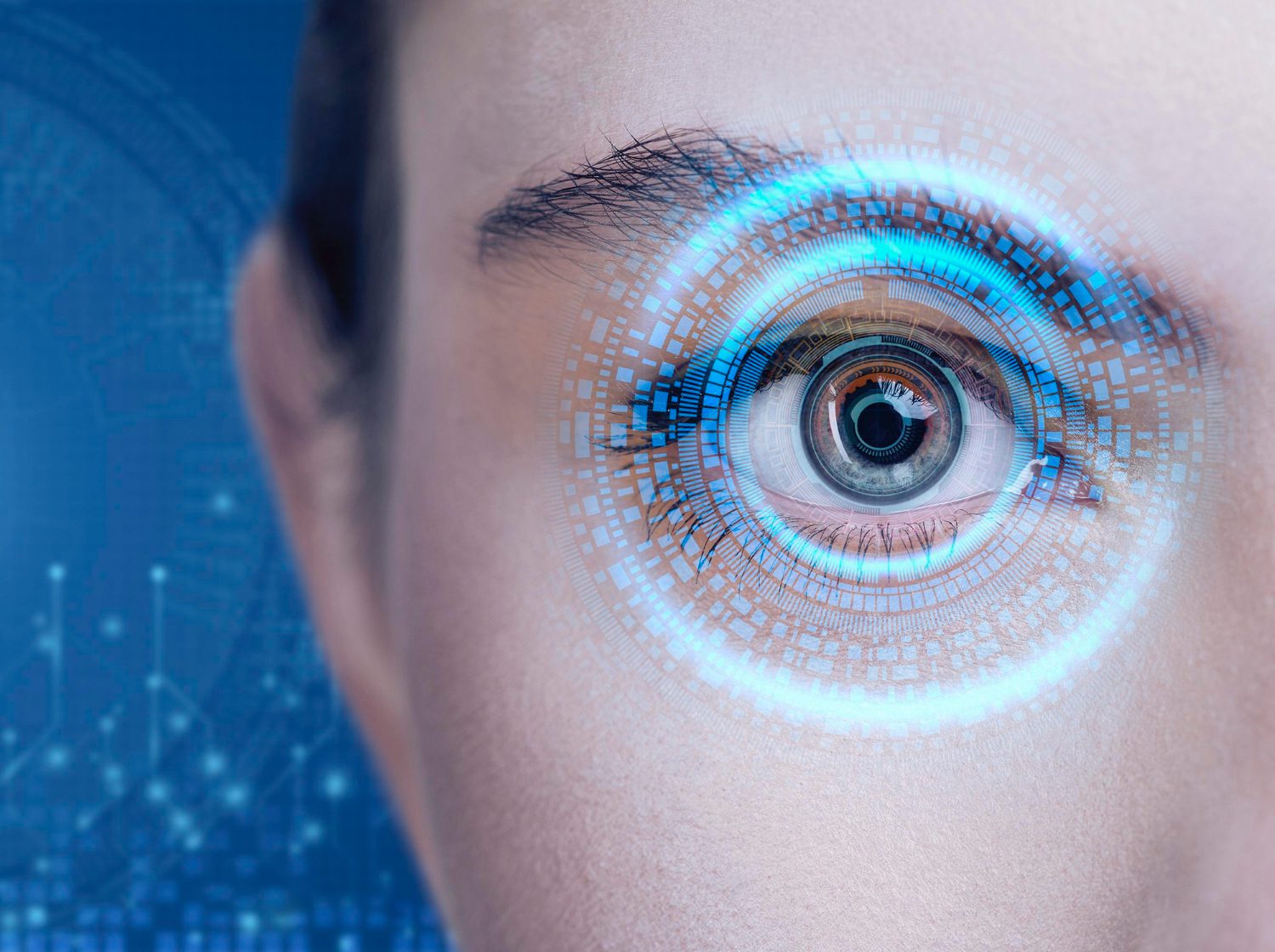Macular degeneration is eye-ailment when macula wears and tears. There’s another type of such ailment, called Stargardt’s disease, which occurs in kids and adolescents.
- Dry macular-degeneration. At initial stage, dry macular-degeneration may affect one eye, but after a while, the pathology manifests itself in the second eye. This doesn’t influence vision-qualities in any way, but then vision begins to deteriorate, respectively. Earlier this defect is detected, the easier it is to delay problems with visual-impairment through prevention.
- Wet macular-degeneration. Chronic pathology of eyes when there’s a blurred-vision. Ailment is connected with abnormal shape of blood-vessels through which fluid seeps into macula. If you identify such defect in the early stages, then you may reduce the vision-loss; sometimes it may be completely recovered.
Causes of macular degeneration
Now, exact roots of pathology haven’t been studied. But as scientists have proven, this disease is caused by heredity and environmental-causes. Risk-factors for ailment are:
- age. Pathology is often observed in people belonging to 65+-age;
- family anamnesis. Specific genes are connected with such ailment;
- racial identity. Pathology is common in representatives of the Caucasian race;
- smoking or regular exposure to tobacco smoke on the body;
- obesity;
- cardiovascular-ailments.
Macular degeneration symptoms
At initial development-stages of ailment, its symptomatology are not observed, but over time they begin to appear:
- visual-distortion;
- clarity of central-vision decreases at first in one or immediately in eyes;
- brighter-lighting becomes necessary in reading or working;
- it becomes more difficult to adapt to low light-levels;
- blurring of printed-materials;
- the intensity or colors’ brightness decreases.
As a rule, pathology influences both eyes. If this is the initial stage, then only one eye may be affected and then the person may not observe symptomatology of ailment. Such defects doesn’t influence lateral-vision.
Macular degeneration diagnosis
Doctors do eye-examination to detect drusen – microscopic yellow deposits. This’s a point by which pathology can be diagnosed. A specialist can diagnose using the Amsler-grid – a specific template made up of straight-lines and resembling a chessboard. If any lines seem distorted, this is a possible sign of disease.
In some cases, doctors prescribe angiography or OCT – introduction of a special dye. A photograph is made of how the dye moves in vessels.
Macular degeneration treatment
Now, pathology is not subject to therapies. Timely therapies help stop its progress.
- Diet modification to include eye-healthy meals, such as yellow fruits, etc.
- Additives AREDS2.
- Assistive appliances with specific lenses or built-in mechanisms helping to form magnified pictures of things being at a short distance.
- Meds that act against angiogenesis: aflibercept, ranibizumab, others.
- Laser therapy, the action of it is aimed at the destruction of defective blood-vessels.
- Photo-dynamic laser therapies – placement of a special drug in eye-vessels, followed by exposure to lasers, which leads to the destruction of such vessels.
- Submacular surgical manipulations – removal of defective blood-vessels.
- Retinal-translocation – moving macula central part to another field, distant from defective blood-vessels.


